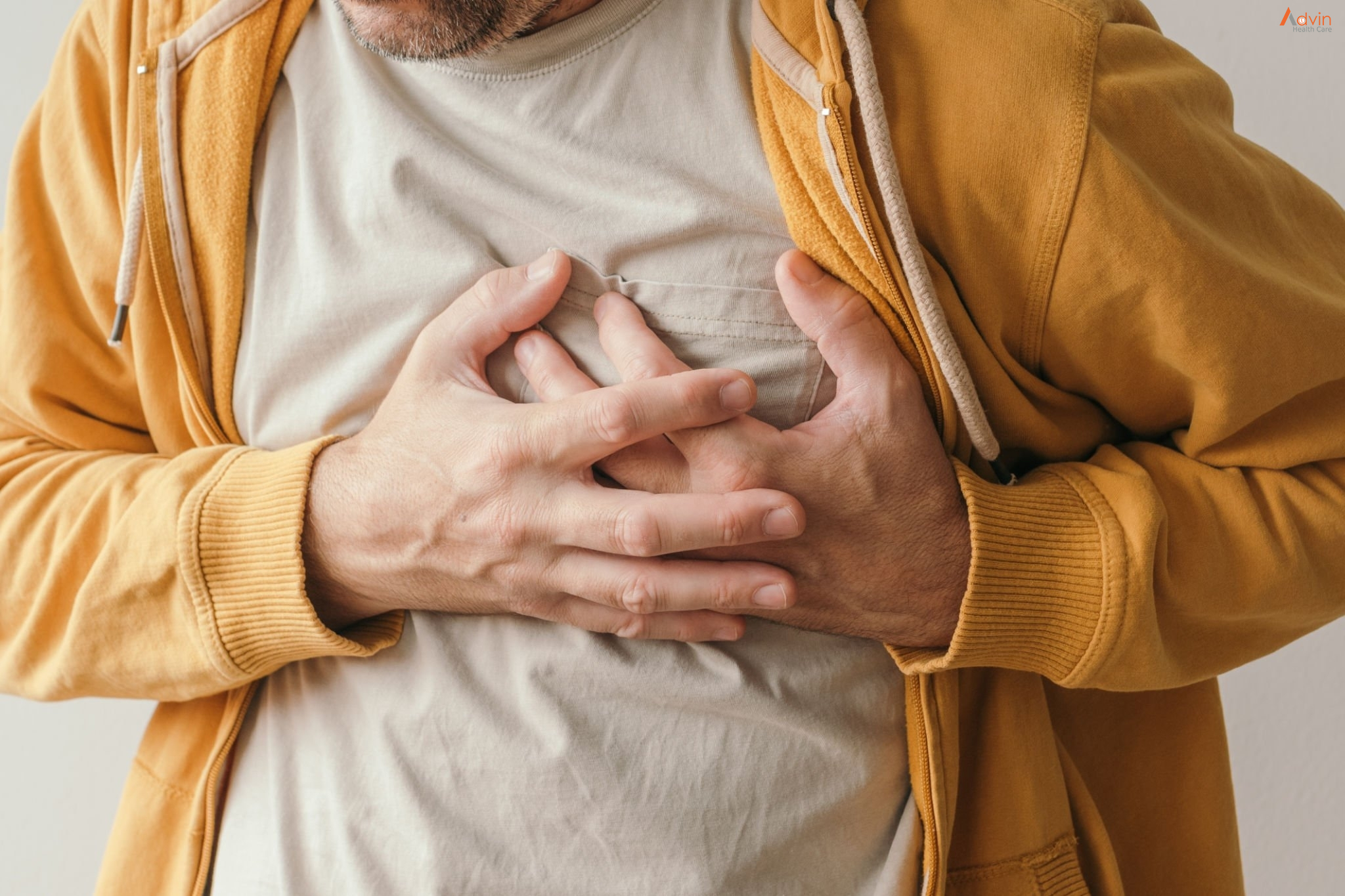People often use these terms interchangeably, but they’re not the same. A heart attack is when blood flow to the heart is blocked. Sudden cardiac arrest is when the heart malfunctions and suddenly stops beating. A heart attack is a “circulation” problem and sudden cardiac arrest is an “electrical” problem.
What is a heart attack?
A heart attack occurs when a blocked artery prevents oxygen-rich blood from reaching a section of the heart. If the blocked artery is not reopened quickly, the part of the heart normally nourished by that artery begins to die. The longer a person goes without treatment, the greater the damage.
Symptoms of a heart attack may be immediate and intense or start slowly with mild symptoms. It’s important to note that it’s also possible to have mild symptoms or even no symptoms at all and still have a heart attack. Unlike with sudden cardiac arrest, the heart usually doesn’t stop beating during a heart attack. The heart attack symptoms in women can be different than in men.
What is cardiac arrest?
Sudden cardiac arrest occurs suddenly and often without warning. It happens when an electrical malfunction in the heart causes an irregular heartbeat (arrhythmia). With its pumping action disrupted, the heart can’t pump blood to the brain, lungs and other organs. When this occurs, a person loses consciousness and has no pulse. Death occurs within minutes if the victim doesn’t receive treatment.
What’s the link?
These two distinct heart conditions are linked. Sudden cardiac arrest can occur after a heart attack, or during recovery. Heart attacks increase the risk for sudden cardiac arrest. Many heart attacks don’t immediately lead to sudden cardiac arrest, but when sudden cardiac arrest occurs, heart attack is a common cause. Other heart conditions may also disrupt the heart’s rhythm and lead to sudden cardiac arrest. These include a thickened heart muscle (cardiomyopathy), heart failure, arrhythmias, particularly ventricular fibrillation, and long Q-T syndrome.
What to do: Heart Attack
Even if you’re not sure it’s a heart attack, call 911 or your emergency response number. Every minute matters! It’s best to call EMS to get to the emergency room right away. Emergency medical services staff can begin treatment when they arrive — up to an hour sooner than if someone goes to the hospital by car. EMS staff are also trained to provide resuscitation efforts to someone whose heart has stopped. People with chest pain who arrive by ambulance may also receive faster treatment at the hospital.
What to do: Sudden Cardiac Arrest

For adults, check for responsiveness then shout for nearby help. Next, call emergency medical services. Then call for, or get, an automated external defibrillator if one is available and use it as soon as it arrives. Begin high-quality CPR immediately and continue until professional emergency medical services arrive. If two people are available to help, one should begin CPR immediately while the other calls emergency medical services and finds an AED.
In children and infants, airway obstruction is often the cause of cardiac arrest. Calling emergency response should be followed immediately by initiating high-quality CPR. If help is nearby or a cell phone is available, activating the emergency response and starting CPR can be nearly simultaneous. But in the out-of-hospital setting, a single rescuer who doesn’t have access to a cell phone should begin CPR (compressions-airway-breathing) before leaving the infant or child to call for help because respiratory arrest is the most common cause of cardiac arrest and help may not be nearby. If the person has suddenly collapsed, rescuers should use an automated external defibrillator (AED), because early defibrillation can be lifesaving.


